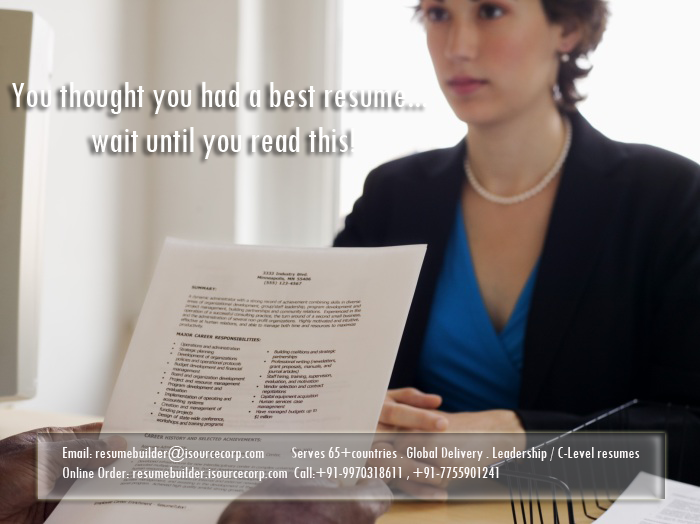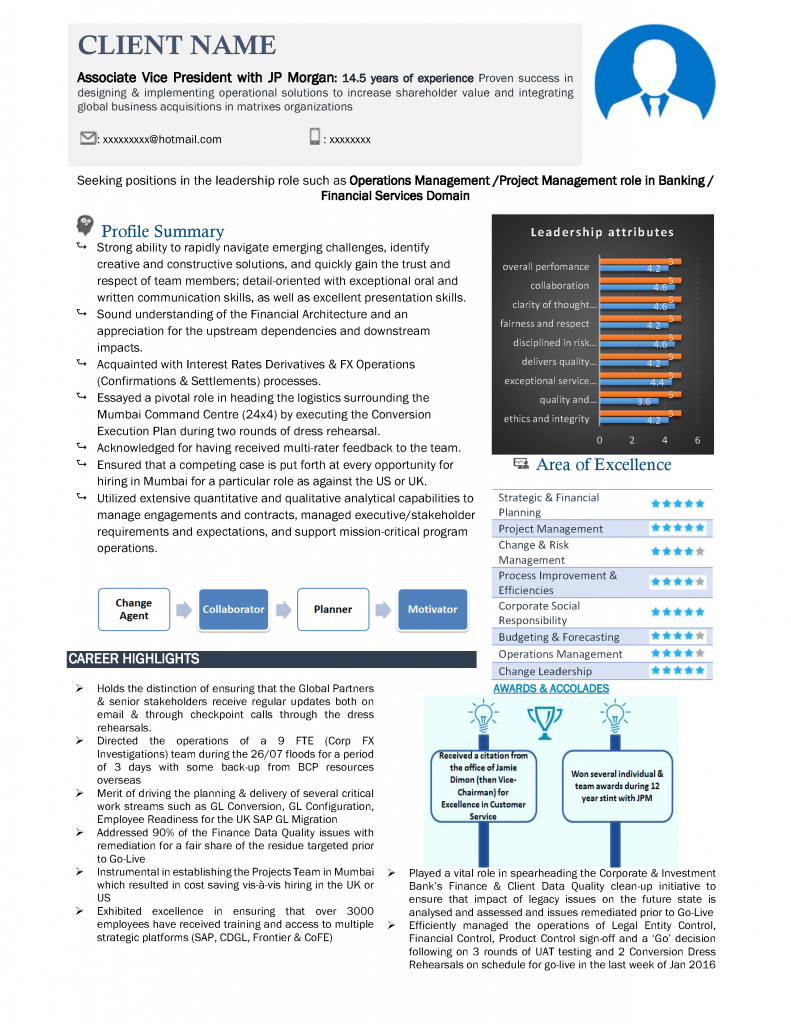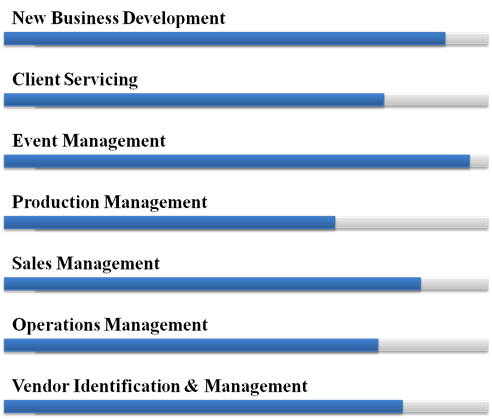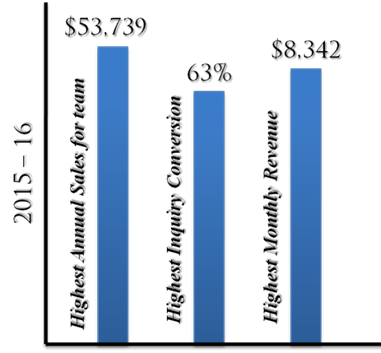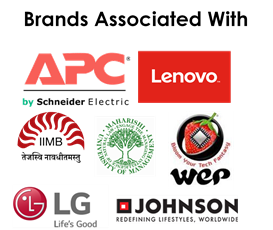You thought you had the best resume… wait until you read this!
You will get only one chance of making a first impression… how you want that to be?
The obvious answer is “Lasting Impression”!
Yes, you don’t just want it to be a good impression, but a lasting one!
In a bid to make this lasting best impression, you will pour every possible event of your life and achievements. You are definitely confident about this and will start applying to those dream jobs that you have been waiting for.
Your recruiter didn’t like your life history and colourfully painted events along with achievements. Oops! There is a hitch in here and you didn’t even realize this.
We will tell you what was wrong in your resume that your recruiter rejected it. To ease your stress we have jotted the issues/ demerits of your resume in pointers below:
First trouble starts with the file format
You are a huge fan of either of MS Word/ Text/ Google docs and sent your significant document in any of this format; it’s a bit unprofessional. The ideal format is the Adobe PDF as it allows all the readers to read your document with making any changes or requesting you for permission to view it.
Let’s peek into the resume now
Your email address could be
A title of your hobby or the anything favourite showcases an unprofessional view. For instance, cricket_love@yahoo.com
This mail id reflects your love for cricket, but why would your recruiter be interested in this?
We suggest you to create a professional mail id exclusively for professional purposes, like job search and so on.
Story of my life
It is very important to understand what should be included and excluded from a resume. A recruiter may not be interested in reading your life story or everything that you have done academically and professionally. Write only what is relevant for the position that you are applying. Forget the rest.
Your creativity
It your resume and not a personal letter, so be explicitly professional here. There are many amongst us who get immensely creative in their resume, for “no-reason”. The resume is for professional purpose, so follow a common font, at the same time you can change the size of the font and also highlight headings. Unless you are a designer or photographer, don’t include your art work here.
Excess of academics and common skills
Yes, it happens! You have completed an MBA but are still bolstering about your high school rank or achievements. Ideally, you should include only your Bachelors and post Graduate degree.
Additionally, to showcase your skilful professionalism, you may include most common skills such as Computer knowledge, typing speed, effective communication and so on. Your resume must talk about your Unique Selling Proposition (USP) to get an interview call else you will be amongst the commoners.
Off the formatting
Your creativity strikes again! The professional resume must follow a consistent formatting pattern. This affects the visual effect of the document and if undone, it will exhibit an unorganized side of you.
I, Me and Myself
You are the whole and sole person applying here and it’s obvious that your resume will talk only about yourself. In this case, you don’t need “I”, “Me” and “My” i.e., first person words. For instance, I managed the key business accounts
Instead – Handled key business accounts
Your daily KRAs
That’s the least you can include in your resume. Like mentioned above, your resume should have your USPs. Your profile will obviously state your daily activities. If you are a manager and your resume says – Monitored day-to-day operations
Therefore, try and emphasize on your additional tasks and responsibilities; from previous work experience stress on your achievements, it will give more weight age to your resume.
Having read this, now go and make changes to your resume; if stuck, let Resume Builder do the work for you, while you relax!
Author:
Renuka Dabhade
